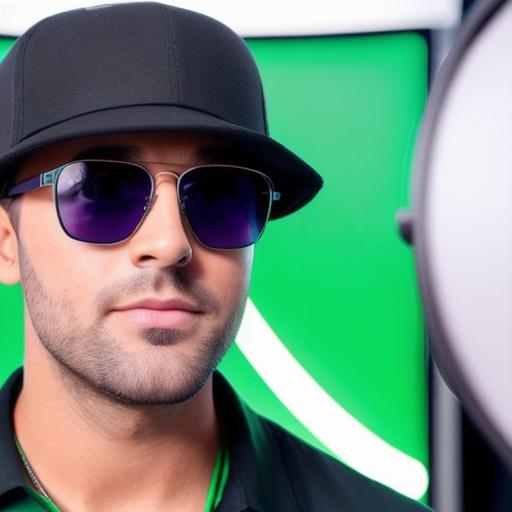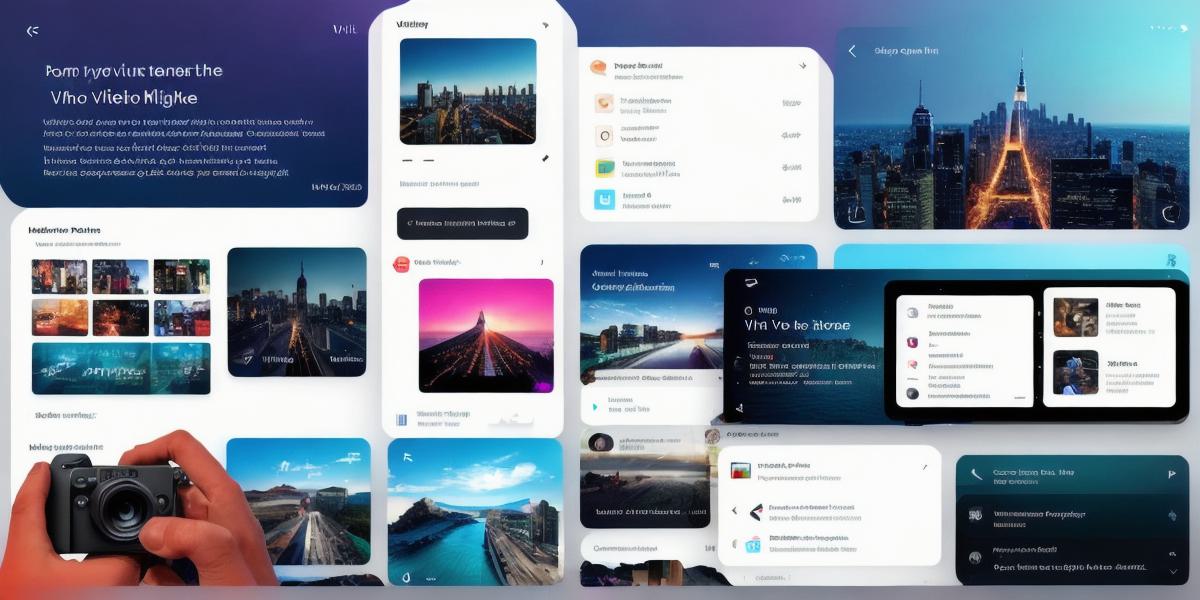Web3 technology is revolutionizing the way we interact with each other and access information online. One of the most exciting applications of this technology is in video sharing. With decentralized video sharing platforms, users can create, upload, and distribute videos without relying on centralized intermediaries like YouTube or Facebook. In this article, we will explore how Web3 technology is transforming video sharing on YouTube and what you need to know to get started with decentralized video sharing.
Introduction: The Current State of Video Sharing on YouTube
YouTube has been the go-to platform for videos since its launch in 2005. With over 2 billion monthly active users, it’s a powerful tool for creators and marketers alike. However, the centralized nature of the platform has raised concerns about data privacy, censorship, and revenue sharing. In addition, the platform has become saturated with content, making it increasingly difficult for new creators to stand out.
Enter Web3 technology, which promises a decentralized, secure, and transparent way to share videos online. By leveraging blockchain technology, Web3 platforms enable users to own their data and control how it is shared. This makes them ideal for creators who want more control over their content and revenue streams.
The Benefits of Decentralized Video Sharing on YouTube
Decentralized video sharing platforms offer several benefits over centralized platforms like YouTube. First, they enable users to own their data and control how it is shared. This means that creators can monetize their content without relying on intermediaries like YouTube or Facebook. Second, decentralized platforms are more secure and transparent than centralized platforms. Because they are built on blockchain technology, they are resistant to censorship and hacking. Third, decentralized platforms are more accessible than centralized platforms. They don’t require users to go through a rigorous verification process or comply with the platform’s policies, which can limit creativity and innovation.

Case Studies: Examples of Successful Decentralized Video Sharing on YouTube
There are several examples of successful decentralized video sharing platforms that have gained traction on YouTube. One such platform is DTube, which launched in 2016. DTube is built on the Steem blockchain and allows users to create, upload, and distribute videos without relying on centralized intermediaries like YouTube or Facebook. Another example is Video.js, a decentralized video player that enables users to embed videos on their own websites. Video.js has been used by several major news organizations, including The New York Times and BBC News.
How to Get Started with Decentralized Video Sharing on YouTube
Getting started with decentralized video sharing on YouTube is easy. First, you need to choose a platform that suits your needs. There are several platforms available, such as DTube, Steemit, and Video.js. Next, you need to create an account on the platform and verify your identity. This may involve providing personal information or completing a KYC (Know Your Customer) process. Once you have created an account, you can start creating and uploading videos.
FAQs: Frequently Asked Questions about Decentralized Video Sharing on YouTube
- What is Web3 technology?
Web3 technology refers to decentralized systems that use blockchain technology to enable secure, transparent, and trustless interactions between users. - How does decentralized video sharing work on YouTube?
Decentralized video sharing platforms like DTube and Video.js allow users to create, upload, and distribute videos without relying on centralized intermediaries like YouTube or Facebook.
- What are the benefits of decentralized video sharing on YouTube?
Decentralized video sharing platforms offer several benefits over centralized platforms, including greater control over data and revenue streams,
